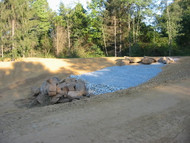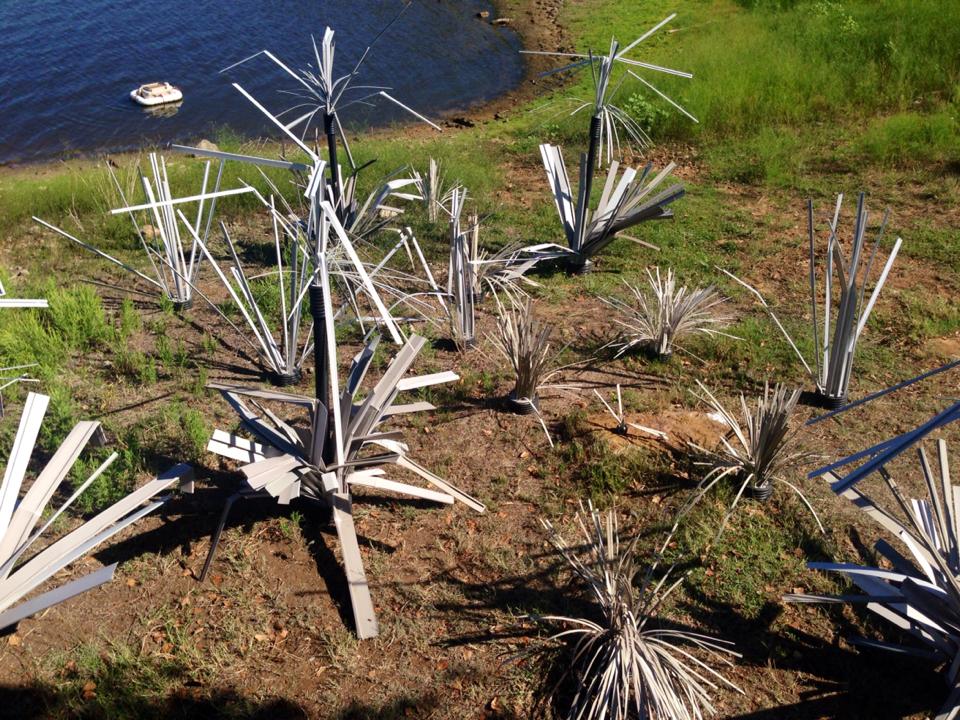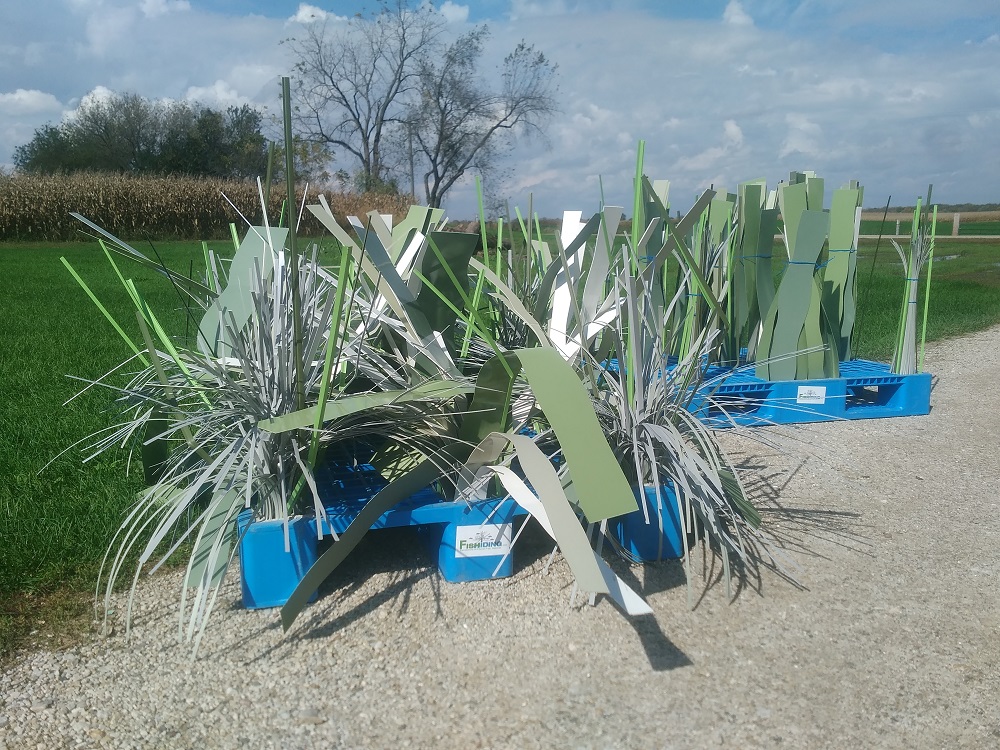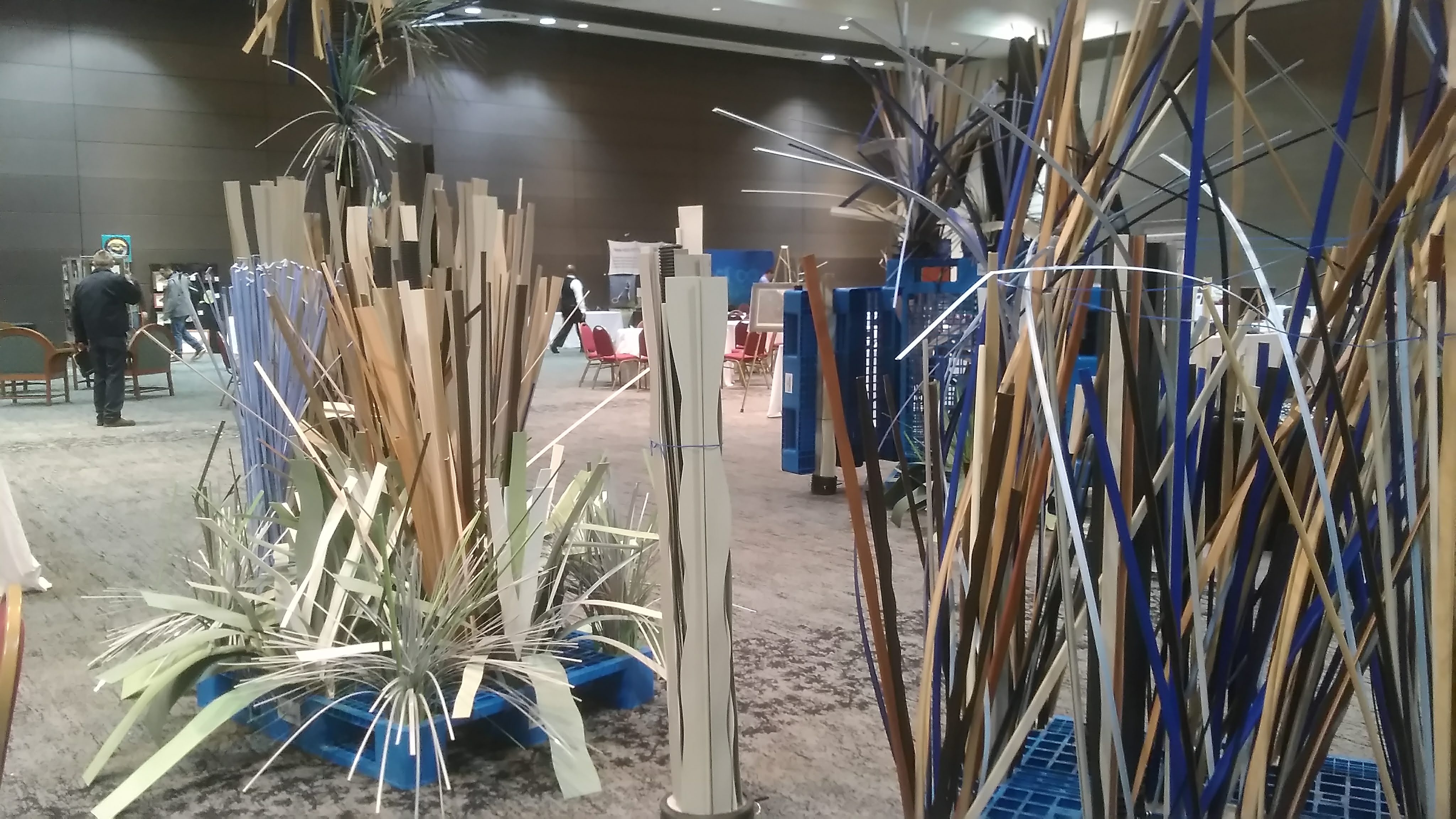Enhancing Ecosystems and Biodiversity
Posted by David Ewald on 15th Mar 2024
Artificial ponds, often overlooked in the vast landscape of environmental conservation, play a crucial role in fostering biodiversity and sustaining ecosystems. These man-made water bodies, though small in comparison to natural lakes and rivers, serve as vital habitats for various species of plants and animals. In this article, we look into the significance of artificial ponds, their ecological benefits, and the methods for their creation and maintenance.
The Ecological Importance of Artificial Ponds
Artificial ponds contribute significantly to the preservation of biodiversity in both terrestrial and aquatic ecosystems. They provide habitats for a diverse array of species, including amphibians, fish, insects, and aquatic plants. These habitats support various life stages of organisms, from breeding and feeding to sheltering vulnerable populations.
Moreover, artificial ponds act as essential sources of water for wildlife during periods of drought or scarcity. They serve as oases in urban and rural landscapes, allowing animals to access water and thrive even in challenging environmental conditions.
Enhancing Biodiversity
One of the primary benefits of artificial ponds is their ability to enhance biodiversity. These water bodies attract a wide range of species that contribute to the richness and complexity of local ecosystems. Amphibians such as frogs and salamanders use ponds for breeding and laying eggs, while birds rely on them for drinking, bathing, and foraging.
Lastly, artificial ponds support a variety of aquatic plants, which play crucial roles in nutrient cycling, oxygenation, and erosion control. These plants provide habitat and food for numerous aquatic organisms, fostering intricate food webs and ecological interactions.
Creating Artificial Ponds: Methods and Considerations
Establishing artificial ponds requires careful planning and consideration of various factors, including site selection, design, and construction techniques.
Site Selection: Choose a location that receives adequate sunlight and has a stable water source. Avoid areas prone to flooding or water runoff, as this can disrupt the pond ecosystem and lead to erosion.
Design: The design of the pond should mimic natural water bodies, with shallow areas for aquatic plants and deeper sections for fish and other aquatic organisms. Incorporate features such as sloping banks, submerged vegetation, and floating islands to enhance habitat diversity.
Construction: Depending on the size and purpose of the pond, construction methods may vary. Excavate the area to create the desired depth and shape, ensuring proper water circulation and drainage. Use materials such as clay liners or synthetic liners to prevent seepage and maintain water levels.
Maintenance and Management
Once established, artificial ponds require regular maintenance to ensure their health and longevity. Monitoring water quality parameters such as pH, dissolved oxygen, and nutrient levels is essential for assessing the overall health of the ecosystem.
Additionally, periodic vegetation management and sediment removal may be necessary to prevent overgrowth and maintain optimal habitat conditions. Avoid the use of chemical pesticides or fertilizers, as these can disrupt the delicate balance of the pond ecosystem and harm aquatic life.
Community Engagement and Education
Engaging the local community in the creation and maintenance of artificial ponds can foster a sense of stewardship and environmental awareness. Educational programs and workshops can raise awareness about the importance of ponds in supporting biodiversity and encourage community participation in conservation efforts.
Furthermore, involving schools, community groups, and local organizations in pond monitoring and research projects can provide valuable data on species diversity, population dynamics, and ecosystem health.
Artificial ponds serve as valuable ecosystems that support a diverse array of plant and animal life. By creating and maintaining these water bodies, we can enhance biodiversity, provide habitat for wildlife, and promote environmental stewardship within our communities. Through thoughtful planning, construction, and management, artificial ponds can serve as sustainable habitats that enrich our landscapes and contribute to the conservation of global biodiversity.






